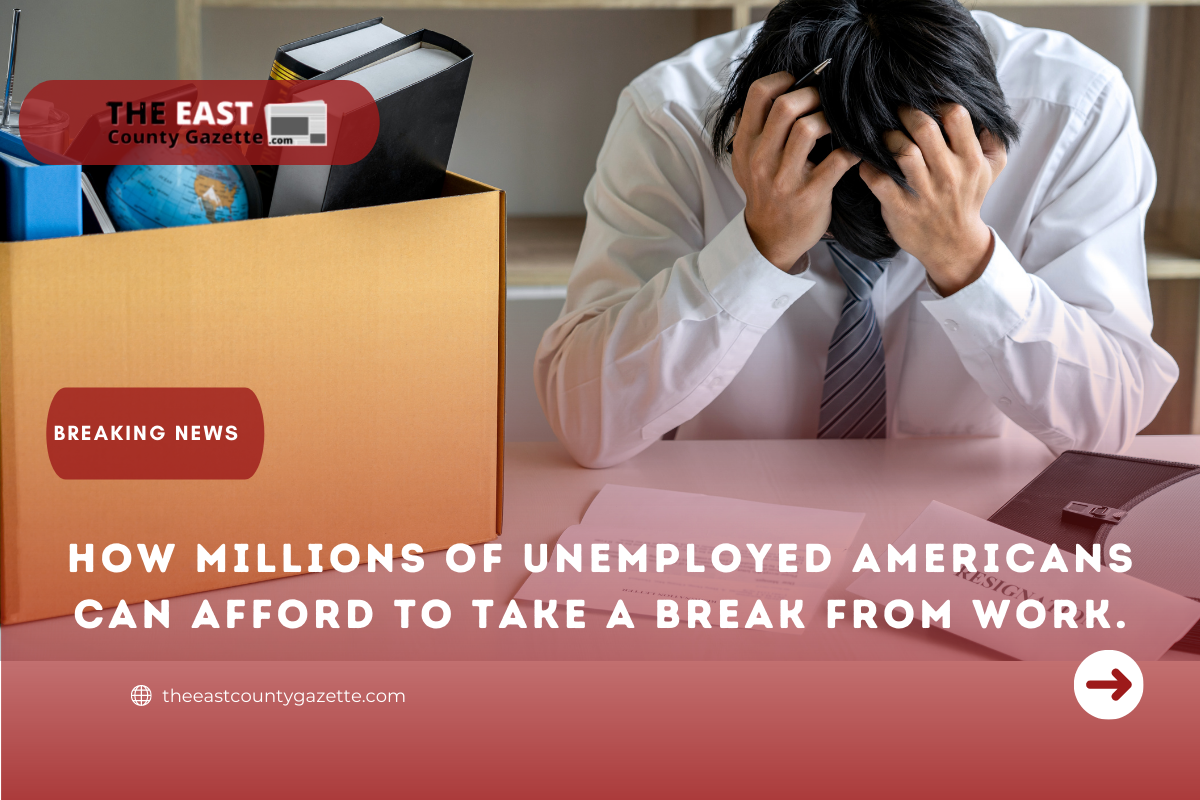In this year’s myth-busting campaign, one of the more insidious claims was that young people didn’t want to work because they were making ends meet on government assistance. The narrative went something like this: people had too much money.
The only problem is that the numbers don’t support it.
Instead, early retirement — whether compelled by the pandemic or made possible by other circumstances — is playing an increasingly important role in the evolution of the American work market.

Many people have left the workforce in the past two years due to a variety of causes, including layoffs, health insecurity, child care requirements, and any number of personal concerns that have arisen as a result of the pandemic’s disruption.
However, the vast majority of individuals who have gone and are unable to — or do not choose to — return are older Americans who have begun their retirement earlier than they planned.
Read More: The Congress Approves the $2.5T Debt Limit Increase, Avoiding Economic Catastrophe
Earlier this month, ADP Chief Economist Nela Richardson stated that the robust stock market, combined with rising housing values, was creating a favorable environment “Some people with higher incomes now have more options.
We’ve already seen a significant chunk of the Baby Boomer workforce leave the workforce. And they’re in a better situation than they were before.”
Economists have noted that, while the unemployment rate has decreased, the labor force participation rate has not increased at the same rate as the rate of unemployment.
President Joe Biden’s Council of Economic Advisers member Jared Bernstein, however, believes that if “non-prime age” workers — those over 55 — are omitted from the measurements, it becomes much obvious how the labor recovery is faring because the retirement narrative is removed from the equation.
According to Aaron Sojourner, a labor economist, and professor at the University of Minnesota’s Carlson School of Management, there were 3.6 million more Americans who had quit the labor force and stated that they did not desire a job in November 2019 compared to the previous month.
Older Americans, those over the age of 55, were responsible for a stunning 90 percent of the rise.
As Sojourner explained to CNN Business, “I believe a lot of the storylines portray prime-age employees as being absent, but the reality is that it skews far older.”
It’s hard to get a job and retire because there aren’t
The much-discussed labor shortage has become a catch-all phrase for the complex reality of the post-pandemic workforce.
Americans are quitting their jobs in unprecedented numbers – more than 4 million each month since July — but a disproportionately large proportion of those exiting are young people who are moving for better opportunities or higher salaries.
There is no indication that they will be departing the workforce totally.
“A scarcity of high-quality jobs is a contributing factor,” says Sojourner. “It’s a mystery why firms aren’t increasing wages and improving working conditions at a faster rate to entice workers back into the workforce.
There are 11 million job opportunities, and they claim to want to hire people, but they are not creating job positions that people desire.”
During a news conference on Wednesday, Federal Reserve Chairman Jerome Powell emphasized the importance of this issue.
“Behind it all, there is a demographic trend to keep an eye on… The question of how much we can get back is an excellent one, and what we can do is try to create the conditions that will allow us to get as much as we can “He claims that this encourages individuals to return.
Undoubtedly, some businesses have increased pay in order to attract and keep employees. Some businesses also provide signing bonuses to entice new employees to join their ranks.
However, economists are divided on whether these incentives can be sustained and whether they will result in improved working conditions in the long run.
According to Sojourner, “I can want a 65-inch TV for $50, but it doesn’t mean there is a TV shortage; it just means I am not willing to pay enough money to induce someone to sell me a television.”
According to Goldman Sachs experts, about 70 percent of the 5 million people who left the labor force during the epidemic are over the age of 55, and many of them are not interested in returning.
Retirements, according to the study, tend to be “stickier” than other types of labor force exits. Still, they anticipate that an improving viral situation and increased vaccination will allow older people to rejoin the workforce in the near future.
Retired persons are frequently pulled back into the workforce during normal economic conditions. However, according to data conducted by the Kansas City Fed, the “unretirement” rate dropped considerably during the epidemic, worsening the shortage of available workers.
There are some early indicators that elders are returning to the workforce, as immunization rates rise and firms provide greater compensation to attract and retain employees.
According to Nick Bunker, an economist at Indeed, the unretirement rate first dropped to a little over 2 percent during the pandemic but has since risen to approximately 2.6 percent. That is still far lower than the pre-pandemic rate of approximately 3 percent.
On the other hand, older workers may find themselves competing for positions with younger, more qualified applicants, which may make their return to the workforce more difficult.

